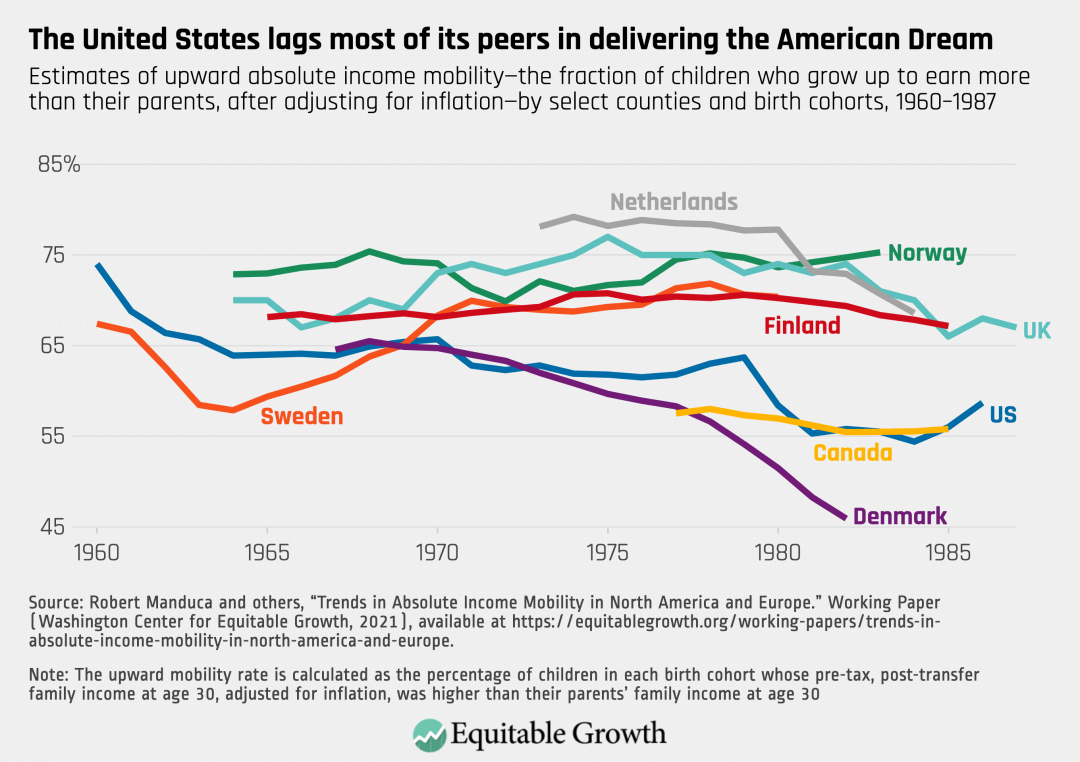
Smartphone brands could be forced to bring back removable batteries
After making USB Type-C charging ports mandatory on all smartphones, tablets, and laptops, the European Union (EU) has now agreed ...
 www.sammobile.com
www.sammobile.com

BUSINESS
By Sagar Naresh
Last updated: December 20th, 2022 at 07:30 UTC+01:00
After making USB Type-C charging ports mandatory on all smartphones, tablets, and laptops, the European Union (EU) has now agreed on new laws and regulations aimed at making batteries more sustainable and reusable. This new regulation will present a new set of challenges to consumer tech firms and battery manufacturers, as the new laws cover the entire battery life cycle. The entire life cycle of a battery includes material extraction, industrial production, and disposal.
The new EU law will be applicable to all types of batteries sold in the EU, which includes batteries used in electronic devices, industrial batteries, automotive batteries, and batteries used in two-wheelers and electric vehicles (EVs). From early 2024, battery manufacturers in the EU will have to report the product’s total carbon footprint, right from extraction to the recycling process.
This data will then be used to set a maximum CO2 limit for batteries that will come into effect as early as July 2027. They will need to use a set percentage of recycled materials, i.e., 16% cobalt, 85% lead, 6% lithium, and 6% nickel.
The new EU battery regulation requires batteries to be easily replaceable by end consumers

The new regulation also requires consumer technology brands to design their devices in such a way that their batteries can be easily replaced, either by removing the battery cover or by removing the screws that are easily accessible. Could this mean the return of removable batteries to smartphones? Well, it will at least make electronic devices more sustainable and enhance their life. It will also reduce the companies’ profit margins during the repair and maintenance of devices.
If passed, the new regulations will ensure that the batteries sold in the EU region are more sustainable globally, ultimately setting a standard for the rest of the world. The rules not only assess the carbon footprint, but companies involved in the battery manufacturing process in the EU would also need to identify, prevent, and address human rights and labor issues in their supply chains.
The EU has applied this new law only to key raw materials such as lithium, nickel, cobalt, and graphite. Apart from this, the EU has also set ambitious collection targets. It aims to collect 45% of electronic devices’ recyclable materials by 2023 and 73% by 2030. Furthermore, in the case of EVs, it aims to collect 100% recycled materials.
Well, the new EU battery regulation is pending final approval by the Parliament and the Council, and it will certainly introduce tough challenges to consumer electronic firms like Apple, Google, Samsung, and others as they need to rethink their device designs. Even battery manufacturers such as Panasonic and Samsung SDI.
All firms that deal with batteries would be required to start preparing for the new laws, review their supply chains and operations, and also get into collaborative solutions with the recyclers.



